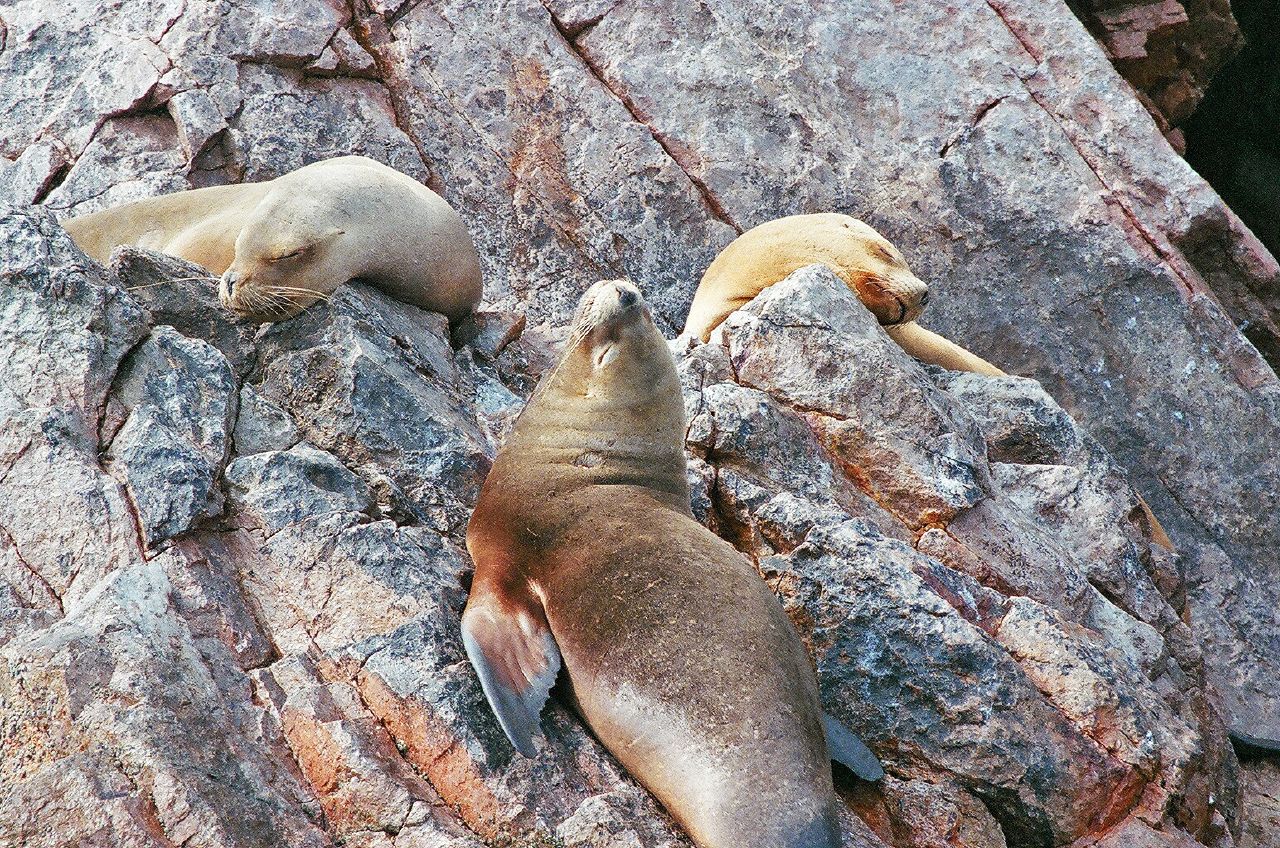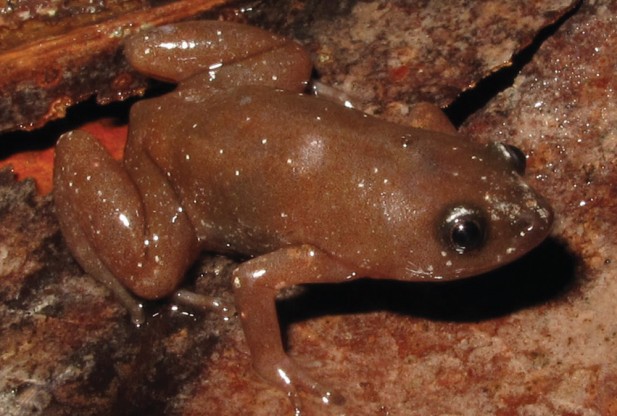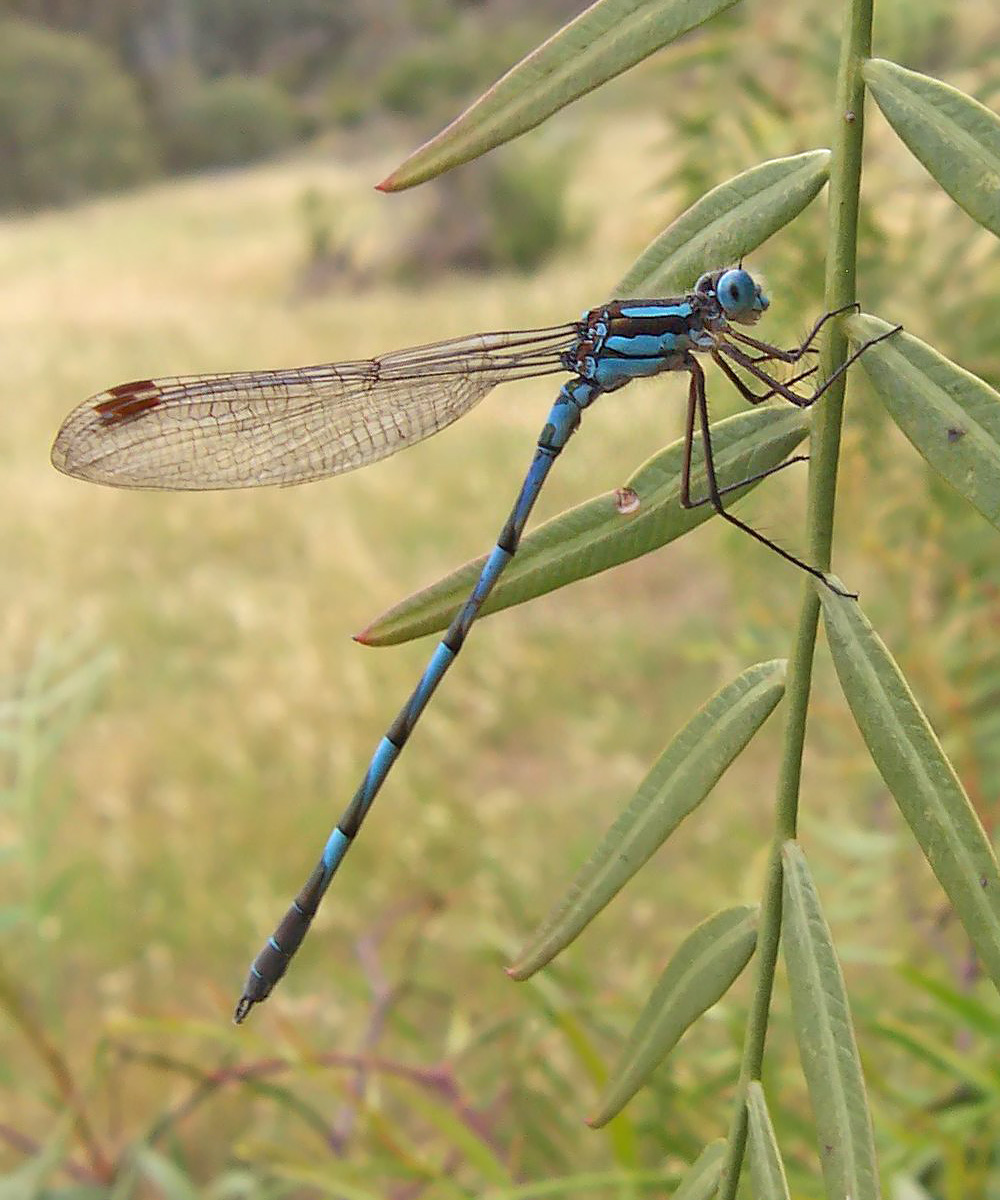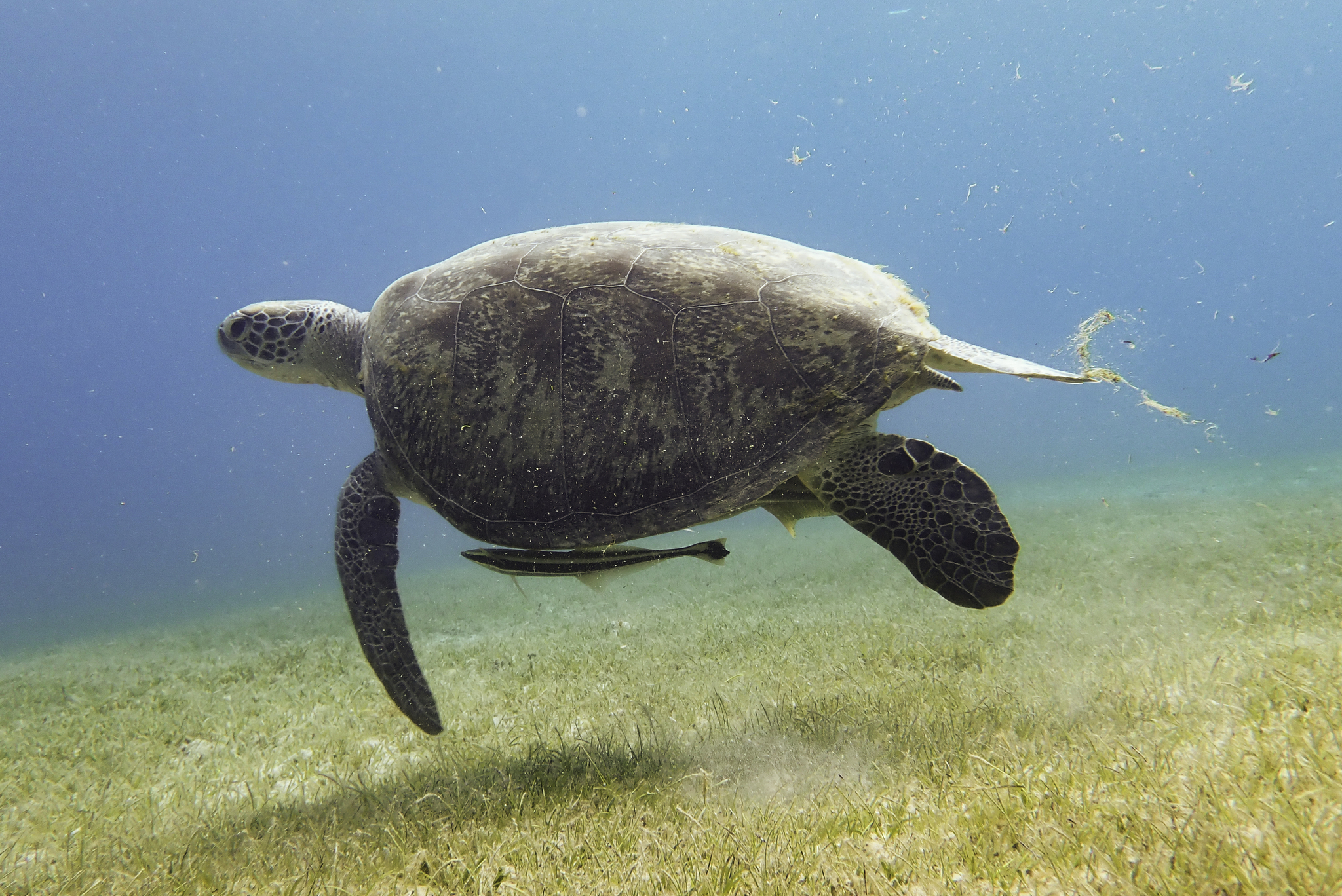|
Chiasmocleis Ventrimaculata
''Chiasmocleis ventrimaculata'', also known as the dotted humming frog, is a species of frog in the family Microhylidae. It is found in Bolivia, Brazil, Colombia, Ecuador, and Peru. Its natural habitats are subtropical or tropical moist lowland forests, swamps, and intermittent freshwater marshes. Description ''Chiasmocleis ventrimaculata'' is a small nocturnal frog of a snout–vent size of approximately 2 cm. ''C. ventrimaculata'' lacks webbing on the hind foot. It has a narrow and pointed head and a slender body. These frogs prefer to remain underground during the day and emerge after dusk alongside their spider hosts and forage the surrounding areas. These frogs do not appear to be territorial. Often several frogs, ranging from 1 to 4, can be seen emerging from a tarantula's burrow. As tadpoles, they are typically around 17 mm in length and have a body length of 7 mm. Their bodies are flattened and are about twice as wide as they are deep. They are widest at ... [...More Info...] [...Related Items...] OR: [Wikipedia] [Google] [Baidu] |
Lars Gabriel Andersson
Lars Gabriel Andersson (22 February 1868 – 13 February 1951) was a Swedish schoolteacher and herpetologist. He studied at Uppsala University and earned his PhD in 1909. During his long career he taught classes at several schools in and near Stockholm. In 1894–95 and from 1897 to 1902 he worked as an assistant in the vertebrate department at the Naturhistoriska riksmuseet in Stockholm. Taxa With zoologist Einar Lönnberg he described the following herpetological species: * ''Aipysurus tenuis'', 1913 * '' Atractaspis engdahli'', 1913 * ''Eulamprus brachyosoma'', 1915. * '' Eulamprus tympanum'', 1915 * '' Gastrotheca microdiscus'', (Andersson in Lönnberg and Andersson, 1910). * ''Glaphyromorphus mjobergi'', 1915 * ''Strophurus taeniatus'', 1913. On his own, he described: * '' Didynamipus sjostedti'', 1903 Works by Andersson that have been published in English * "Catalogue of Linnean type-specimens of snakes in the Royal Museum in Stockholm", 1899. * "Catalogue of Linnean ... [...More Info...] [...Related Items...] OR: [Wikipedia] [Google] [Baidu] |
Xenesthis Immanis
''Xenesthis immanis'', the Colombian lesser black tarantula,''Common Names of Arachnids'', American Arachnological Society (2003) is a terrestrial bird spider (tarantula) found in Colombia, Venezuela, and Peru. It is a relatively large spider with a body length reaching 6–7 cm and a length width reaching 19–22 cm. It frequently displays a commensal or mutualistic relationship with the microhylid frog '' Chiasmocleis ventrimaculata''. The relationship described is one where the spider may protect the frog and its eggs from predators while the frog protects the spider's eggs from ants. It has also been observed closely associating with ''Hamptophryne boliviana ''Hamptophryne boliviana'', also known as the Bolivian bleating frog or Amazon sheep frog, is a species of frogs in the family Microhylidae. It is found in the northern and western sides of the Amazon basin in Bolivia, Brazil, Colombia, Ecuador, ...'', another microhylid. References Theraphosidae Spid ... [...More Info...] [...Related Items...] OR: [Wikipedia] [Google] [Baidu] |
Amphibians Described In 1945
Amphibians are ectothermic, anamniotic, four-limbed vertebrate animals that constitute the class Amphibia. In its broadest sense, it is a paraphyletic group encompassing all tetrapods, but excluding the amniotes (tetrapods with an amniotic membrane, such as modern reptiles, birds and mammals). All extant (living) amphibians belong to the monophyletic subclass Lissamphibia, with three living orders: Anura (frogs and toads), Urodela (salamanders), and Gymnophiona (caecilians). Evolved to be mostly semiaquatic, amphibians have adapted to inhabit a wide variety of habitats, with most species living in freshwater, wetland or terrestrial ecosystems (such as riparian woodland, fossorial and even arboreal habitats). Their life cycle typically starts out as aquatic larvae with gills known as tadpoles, but some species have developed behavioural adaptations to bypass this. Young amphibians generally undergo metamorphosis from an aquatic larval form with gills to an air-breathing ad ... [...More Info...] [...Related Items...] OR: [Wikipedia] [Google] [Baidu] |
Frogs Of Peru
Peru has some of the greatest biodiversity in the world. It belongs to the select group of mega diverse countries because of the presence of the Andes, Amazon rainforest, and the Pacific Ocean. It has the fourth-most tropical forests of any country and the ninth-most forest area. The country is ranked among the five countries with the greatest biodiversity in the world according to various studies. Natural protected areas The 1993 Constitution of Peru recognized the natural resources and ecosystems of Peru as part of its heritage. In 1999, the National System of Natural Areas Protected by the State () was established by the Peruvian government. SINANPE consists of natural areas under national administration, managed and overseen by the National Service of Natural Protected Areas by the State (SERNANP). They also created a map of protection and preservation of historical–cultural heritage and nature. Peru has 76 natural protected areas (more of 15% of the country surface are ... [...More Info...] [...Related Items...] OR: [Wikipedia] [Google] [Baidu] |
Amphibians Of Colombia
Amphibians are ectothermic, anamniotic, four-limbed vertebrate animals that constitute the class Amphibia. In its broadest sense, it is a paraphyletic group encompassing all tetrapods, but excluding the amniotes (tetrapods with an amniotic membrane, such as modern reptiles, birds and mammals). All extant (living) amphibians belong to the monophyletic subclass Lissamphibia, with three living orders: Anura (frogs and toads), Urodela (salamanders), and Gymnophiona (caecilians). Evolved to be mostly semiaquatic, amphibians have adapted to inhabit a wide variety of habitats, with most species living in freshwater, wetland or terrestrial ecosystems (such as riparian woodland, fossorial and even arboreal habitats). Their life cycle typically starts out as aquatic larvae with gills known as tadpoles, but some species have developed behavioural adaptations to bypass this. Young amphibians generally undergo metamorphosis from an aquatic larval form with gills to an air-breathing ... [...More Info...] [...Related Items...] OR: [Wikipedia] [Google] [Baidu] |
Frogs Of Brazil
This is a list of the amphibian species recorded in Brazil. The total number of species is 946. Anura Amphignathodontidae *'' Fritziana fissilis'' (Miranda-Ribeiro, 1920) *'' Fritziana goeldii'' (Boulenger, 1895) *'' Fritziana ohausi'' (Wandolleck, 1907) *'' Gastrotheca albolineata'' (Lutz & Lutz, 1939) *'' Gastrotheca fissipes'' (Boulenger, 1888) *'' Gastrotheca microdiscus'' (Andersson in Lönnberg and Andersson, 1910) Aromobatidae *'' Allobates alagoanus'' (Bokermann, 1967) *'' Allobates brunneus'' (Cope, 1887) *'' Allobates caeruleodactylus'' (Lima & Caldwell, 2001) *'' Allobates capixaba'' (Bokermann, 1967) *'' Allobates carioca'' (Bokermann, 1967) *'' Allobates conspicuus'' (Morales, 2002 "2000") *'' Allobates crombiei'' (Morales, 2002 "2000") *'' Allobates femoralis'' (Boulenger, 1884 "1883") *'' Allobates fuscellus'' (Morales, 2002 "2000") *'' Allobates gasconi'' (Morales, 2002 "2000") *'' Allobates goianus'' (Bokermann, 1975) *'' Allobates marchesianus'' (Melin, 194 ... [...More Info...] [...Related Items...] OR: [Wikipedia] [Google] [Baidu] |
Amphibians Of Bolivia
Amphibians are ectothermic, anamniotic, four-limbed vertebrate animals that constitute the class Amphibia. In its broadest sense, it is a paraphyletic group encompassing all tetrapods, but excluding the amniotes (tetrapods with an amniotic membrane, such as modern reptiles, birds and mammals). All extant (living) amphibians belong to the monophyletic subclass Lissamphibia, with three living orders: Anura (frogs and toads), Urodela (salamanders), and Gymnophiona (caecilians). Evolved to be mostly semiaquatic, amphibians have adapted to inhabit a wide variety of habitats, with most species living in freshwater, wetland or terrestrial ecosystems (such as riparian woodland, fossorial and even arboreal habitats). Their life cycle typically starts out as aquatic larvae with gills known as tadpoles, but some species have developed behavioural adaptations to bypass this. Young amphibians generally undergo metamorphosis from an aquatic larval form with gills to an air-breathing a ... [...More Info...] [...Related Items...] OR: [Wikipedia] [Google] [Baidu] |
Chiasmocleis
''Chiasmocleis'' is a genus of microhylid frogs. They are found in tropical South America north and east of the Andes. Their common name is humming frogs or silent frogs, the latter referring to the formerly recognized ''Syncope''. Taxonomy There has been various attempts to delimit this genus in a way that would make it monophyletic. As of mid 2021, it is recognized as including the former ''Syncope'', but consisting of three clades ranked as subgenera: Of these, ''Relictocleis'' is the most divergent and may even be considered a separate, monotypic genus, with ''Relictocleis gnoma'' as its sole member. Description ''Chiasmocleis'' are small-bodied frogs with small limbs. They are sexually dimorphic Sexual dimorphism is the condition where sexes of the same species exhibit different Morphology (biology), morphological characteristics, including characteristics not directly involved in reproduction. The condition occurs in most dioecy, di ..., with males having darker chi ... [...More Info...] [...Related Items...] OR: [Wikipedia] [Google] [Baidu] |
Odonata
Odonata is an order of predatory flying insects that includes the dragonflies and damselflies (as well as the '' Epiophlebia'' damsel-dragonflies). The two major groups are distinguished with dragonflies (Anisoptera) usually being bulkier with large compound eyes together and wings spread up or out at rest, while damselflies (suborder Zygoptera) are usually more slender with eyes placed apart and wings folded together along body at rest. Adult odonates can land and perch, but rarely walk. All odonates have aquatic larvae called naiads or nymphs, and all of them, larvae and adults, are carnivorous and are almost entirely insectivorous, although at the larval stage they will eat anything that they can overpower, including small fish, tadpoles, and even adult newts. The adults are superb aerial hunters and their legs are specialised for catching prey in flight. Odonata in its narrow sense forms a subgroup of the broader Odonatoptera, which contains other dragonfly-like insects ... [...More Info...] [...Related Items...] OR: [Wikipedia] [Google] [Baidu] |
Microhylid
The Microhylidae, commonly known as narrow-mouthed frogs, are a geographically widespread family of frogs. The 683 species are in 57 genera and 11 subfamilies. Evolution A molecular phylogenetic study by van der Meijden, et al. (2007) has estimated the initial internal divergence of the family Microhylidae to have taken place about 66 million years ago, or immediately after the Cretaceous extinction event. The most recent common ancestor of the Microhylidae and their closest ranoid relatives is estimated to have lived 116 million years ago in Gondwana. Description As suggested by their name, microhylids are mostly small frogs. Many species are below in length, although some species are as large as . They can be arboreal or terrestrial, and some even live close to water. The ground-dwellers are often found under leaf litter within forests, occasionally venturing out at night to hunt. The two main shapes for the microhylids are wide bodies and narrow mouths and normal frog propo ... [...More Info...] [...Related Items...] OR: [Wikipedia] [Google] [Baidu] |
Commensalism
Commensalism is a long-term biological interaction (symbiosis) in which members of one species gain benefits while those of the other species neither benefit nor are harmed. This is in contrast with mutualism, in which both organisms benefit from each other; amensalism, where one is harmed while the other is unaffected; and parasitism, where one is harmed and the other benefits. The commensal (the species that benefits from the association) may obtain nutrients, shelter, support, or locomotion from the host species, which is substantially unaffected. The commensal relation is often between a larger host and a smaller commensal; the host organism is unmodified, whereas the commensal species may show great structural adaptation consistent with its habits, as in the remoras that ride attached to sharks and other fishes. Remoras feed on their hosts' fecal matter, while pilot fish feed on the leftovers of their hosts' meals. Numerous birds perch on bodies of large mammal herbivo ... [...More Info...] [...Related Items...] OR: [Wikipedia] [Google] [Baidu] |
Pamphobeteus
''Pamphobeteus'' is a genus of tarantulas that was first described by Reginald Innes Pocock in 1901. It includes some of the largest spiders in the world. They are found in South America, including the countries of Peru, Bolivia, Ecuador, Brazil, Colombia and Panama. Description The males of the ''Pamphobeteus'' genus have a spoon shaped or thin embolus in the palpal bulb with elongate retrolateral superior and apical keels. They also possess a tibial apophysis with two branches on the first pair of legs, the metatarsus of which closes between the two branches. Females can be distinguished from most genera (except ''Xenesthis'' and ''Longilyra'') by the large fused base of the spermathecae and short receptacles, and differs from those two genera by the presence of only ventral metatarsal scopulae on leg IV, and absence of lyriform stridulatory setae respectively. Species it contains eighteen species, endemic to northwestern South America and Panama: *''Pamphobeteus antinous' ... [...More Info...] [...Related Items...] OR: [Wikipedia] [Google] [Baidu] |






